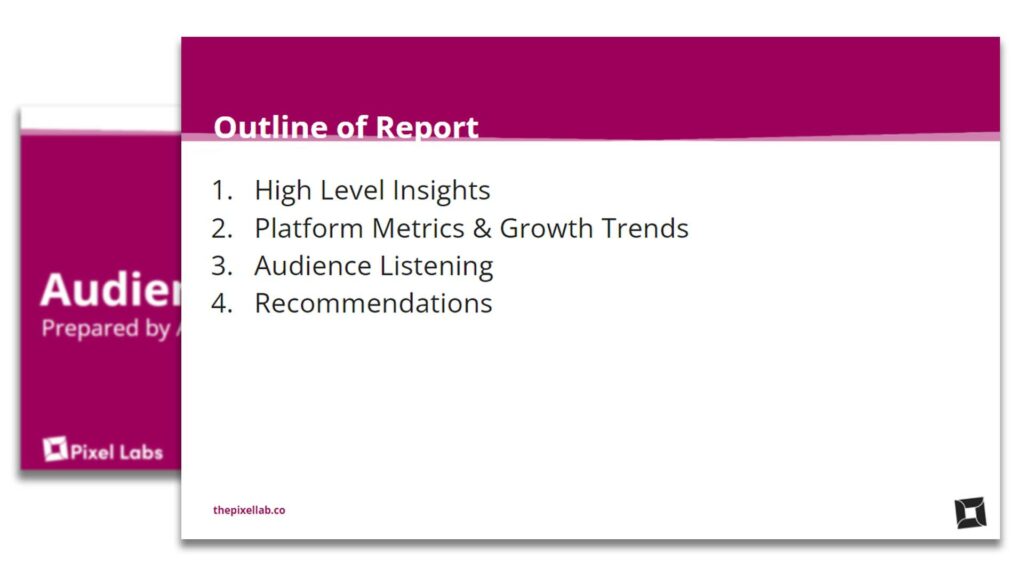Audience Validation is a service to investors and advertisers to review and report on an influencer or media company’s engagement. So, let’s get into how to create an audience validation report.
This service is offered by a third-party firm on behalf of the investor or advertiser. Additionally, the goal of the report is to facilitate a transparent conversation between both parties. The firm guides the investor/advertiser through the process, allowing them to fully understand the brand they are about to enter a partnership with.
Brands are increasingly becoming multi or omnichannel and understanding how different platforms work together, and ultimately drive sales can be a daunting task, even for the brands themselves.
For example, a TikTok Influener may draw thousands of views to their page, but there are a few questions that are important to ask:
- Are they building brand loyalty?
- Can they pull users from the platform to create value on other platforms?
- Does their influence drive sales?
- What does the general platform community think about them?
Moreover, an audience validation report looks to answer these questions, as well as track growth and guide the partnership.
An audience report includes the following:
- A high-level slide deck that outlines key insights and metrics.
- An in-depth spreadsheet that serves to provide more detailed information about individual platforms, and what audience engagement looks like cross-platform
- An audience listening report to capture the conversations and general sentiment of the brand’s audience online
- Recommendations to both parties. These recommendations guide the partnership moving forward, but also offer value to the influencer or media company from an outside perspective.

An audience validation report is part of the due diligence process and within planning for future marketing or investment ventures. The process may take 1 – 2 weeks depending on the size of the brand. Lastly, during the relationship, all parties enter into an NDA (non-disclosure agreement).
Once the partnership is solidified, all social media accounts, platform assets, and analytics accounts will need to be provided to the Audience Validation Firm.
From there, reviewing the accounts and audience listening data drive the development of the deliverables. The process looks different for different clients. For instance, some prefer to have touch bases often to get a preview of the results, while others prefer minimal review before the final product.

From our time working on audience validation reports, the major takeaways typically are the importance of defining metrics.
Businesses and organizations do not always have a clear understanding of what reach and impressions mean in these contexts. The best methodology is to keep metrics in the context they are presented in. A view is a view, an email open is an email open, etc. Additionally, looking at these metrics, can we determine how they affect the bottom line.
Big numbers are big numbers – but it’s important to ask the question, “Where did they come from”?